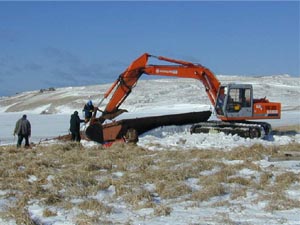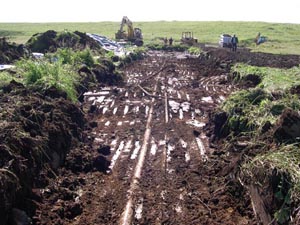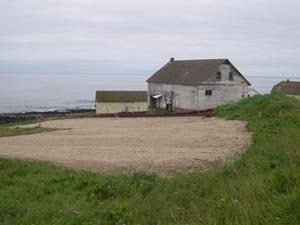|
Pribilof Islands Environmental Restoration Project
 |
|
Debris Removal on St. Paul Island
|
NOAA, through its Office of Response and Restoration, Pribilof Project Office, is responsible for site characterization and restoration activities on the St. George and St. Paul Islands in Alaska. Public Law No. 104-91, the Pribilof Islands Environmental Restoration Act of 1996, and Public Law No. 106-562, the Pribilof Islands Transition Act of 2000, provide the mandate for these activities. A Two Party Agreement signed in 1996 between NOAA and the State of Alaska Department of Environmental Conservation provides the framework for cleanup activities in the Pribilof Islands.
 |
|
Environmental Remediation on St. George Island
|
By 1998, several thousand tons of debris, consisting of old cars, trucks, tractors, barrels, storage tanks and the like were removed from St. Paul and St. George Islands. The focus then shifted to underground storage tank removal, petroleum contaminated soil remediation, groundwater treatment (St. George only), landfill closure, and municipal solid waste landfill redevelopment. Soil and groundwater contamination derived from waste oil disposal, spillage, and storage tank and pipeline leakage.
 |
|
Revegetation in Progress on St. George Island
|
NOAA is the responsible party for cleaning up these sites to protect human health, welfare, safety, and the environment. The Alaska Department of Environmental Conservation (DEC) oversees the cleanup to assure it meets the State of Alaska standards. NOAA and DEC work with the local communities through a Restoration Advisory Board comprised of members from both islands. As of August 2005, NOAA completed the cleanup of all 58 sites on St. Paul Island and 30 out of 34 sites on St. George Island.
|


